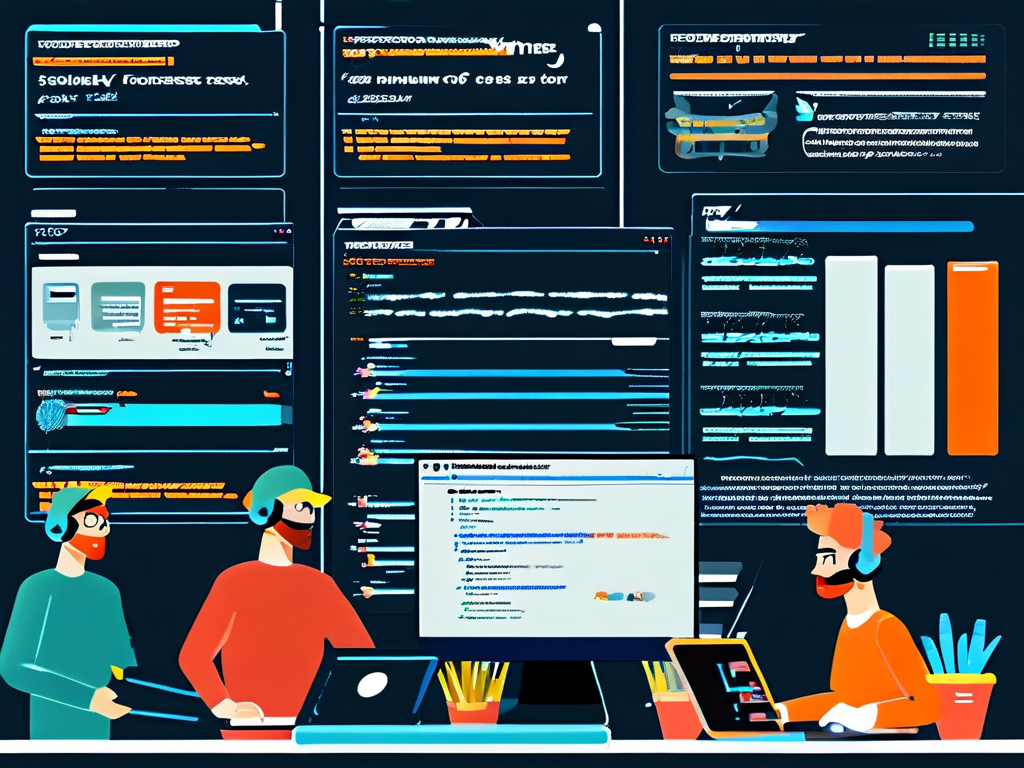The rise of AI-powered platforms like DeepSeek has transformed how organizations approach data analysis, decision-making, and workflow optimization. As businesses increasingly prioritize data security and control, local (on-premises) deployment of AI tools has become a critical requirement. A common question arises: Can DeepSeek’s local deployment process be automated? This article explores the technical feasibility, implementation strategies, and challenges of automating DeepSeek’s on-premises deployment, providing actionable insights for IT teams and decision-makers.

Why Automate Local Deployment?
Automation in deployment processes offers three key advantages:
- Consistency: Eliminates human error in repetitive tasks like dependency installation or configuration.
- Scalability: Enables rapid deployment across multiple servers or environments.
- Efficiency: Reduces setup time from hours/days to minutes, accelerating time-to-value.
For regulated industries (e.g., healthcare, finance), automated local deployment ensures compliance with data governance policies while maintaining agility.
Technical Prerequisites for Automation
To automate DeepSeek’s local deployment, the following components must be addressed:
- Infrastructure-as-Code (IaC): Tools like Terraform or Ansible to define hardware/resource requirements.
- Containerization: Docker or Kubernetes for packaging DeepSeek’s dependencies and runtime environment.
- Configuration Management: Scripts to handle API keys, network settings, and access controls.
- Validation Pipelines: Automated tests to verify model performance post-deployment.
Step-by-Step Automation Workflow
-
Environment Provisioning
Use IaC tools to spin up VM clusters or bare-metal servers with predefined specs (CPU/GPU, RAM, storage). For example, an Ansible Playbook can configure firewall rules and allocate resources. -
Dependency Installation
Create a script to install frameworks like PyTorch/TensorFlow, CUDA drivers, and Python libraries. Package these into a Docker image for reproducibility. -
Model & Configuration Deployment
Transfer encrypted DeepSeek model weights to target servers via SFTP/rsync. Automate license activation and API endpoint setup using REST API calls. -
Health Checks & Monitoring
Integrate Prometheus/Grafana to track GPU utilization, API latency, and error rates. Automated alerts ensure prompt issue resolution.
Challenges in Automation
While automation is achievable, teams must address these hurdles:
- Hardware Heterogeneity: GPU models, driver versions, and OS differences across servers can break generic scripts.
- Security Compliance: Automated processes must adhere to strict access controls (e.g., SSH key rotation, encrypted secrets).
- Model Updates: Rolling out new DeepSeek versions without downtime requires blue-green deployment strategies.
- Edge Cases: Handling failures during multi-node distributed training demands robust rollback mechanisms.
Tools for Implementing Automation
- CI/CD Pipelines: Jenkins or GitLab CI to orchestrate deployment stages.
- Container Orchestration: Kubernetes for scaling DeepSeek instances dynamically.
- Secrets Management: HashiCorp Vault for securely storing credentials.
- Custom Scripts: Python/bash scripts to automate license validation and load balancing.
Case Study: Automated Deployment in a Financial Institution
A European bank automated DeepSeek’s deployment across 12 on-premises servers to analyze transaction fraud. Key outcomes:
- Deployment time reduced from 8 hours manually to 22 minutes.
- Zero configuration drift across environments.
- 99.8% API availability achieved through automated failover.
Best Practices
- Modular Design: Break automation into reusable components (e.g., separate network setup and model deployment).
- Testing: Validate scripts in a staging environment mirroring production.
- Documentation: Maintain version-controlled playbooks and recovery procedures.
- Training: Ensure IT staff understand automation workflows to troubleshoot issues.
Future Trends
Emerging technologies like AI-driven DevOps (AIOps) will further streamline local deployment. For instance, DeepSeek itself could optimize its deployment parameters based on hardware telemetry.
Automating DeepSeek’s local deployment is not only possible but increasingly necessary for enterprises seeking speed and reliability. By combining Infrastructure-as-Code, containerization, and rigorous testing, organizations can achieve secure, repeatable, and scalable AI deployments. While challenges like hardware variability persist, a well-designed automation framework turns these obstacles into manageable workflows. As AI adoption grows, mastering such automation will differentiate agile, data-driven businesses from their competitors.
Additional Resources
- DeepSeek’s official documentation on API integration
- Ansible Playbook examples for GPU server configuration
- Case studies on Kubernetes-based AI model deployment









